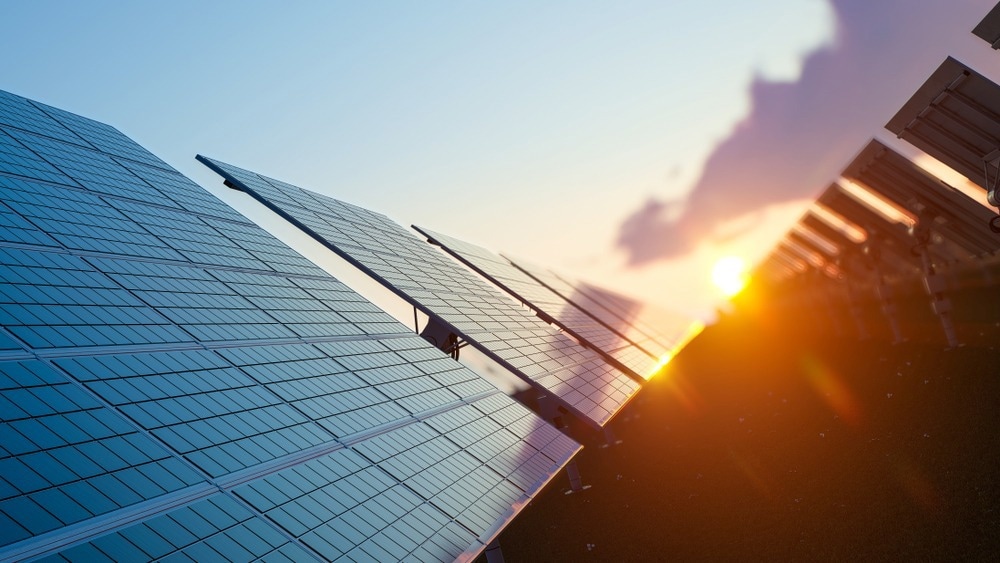According to researchers at the University of Surrey, a new analysis suggests that many families might break even on their solar panel investments as early as 2027, as solar electricity becomes a more competitive electricity source.

Image Credit: Pixelci/Shutterstock.com
Surrey scientists discovered a constant drop in the cost outlay and return on investment of solar panel systems over the previous decade, regardless of system size, which includes individual homeowners. Large-scale photovoltaic systems were less expensive than wholesale electricity in 2021, with prices of £51 per MWH vs £149 per MWH for smaller systems.
The findings of this study will aid the UK’s focus on reaching its net-zero targets by 2050 for many parties including homeowners, solar developers, the construction industry, and Government offices. The promise of these investments breaking even or making electricity 40-50% cheaper by 2035 is something that can’t be ignored.
Ravi Silva, Professor and Director, Advanced Technology Institute, University of Surrey
“With these findings, the research encourages Government support for solar energy developers with preferential benefits to include low-interest rate loans on land or simpler suitable land purchases,” states Prof. Ravi Silva.
Despite an abundance of solar resources, a 2019 number predicts that solar electricity only accounts for 3% of the global market due to high installation prices.
As the cost-of-living increases and the world focus is on climate change and decarbonization, it is great news for many to hear a once costly investment will not only help deliver greener energy but also at a lower cost. By offering more supportive initiatives, solar energy can grow more competitively and address the UK’s energy needs while providing a promising sustainable and affordable electricity solution.
Dr. Filip Mandys, Research Institute for Labour and Social Affairs
Journal Reference:
Mandys, F., et al. (2023). Levelized cost estimates of solar photovoltaic electricity in the United Kingdom until 2035. Patterns. doi.org/10.1016/j.patter.2023.100735.